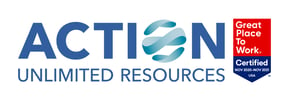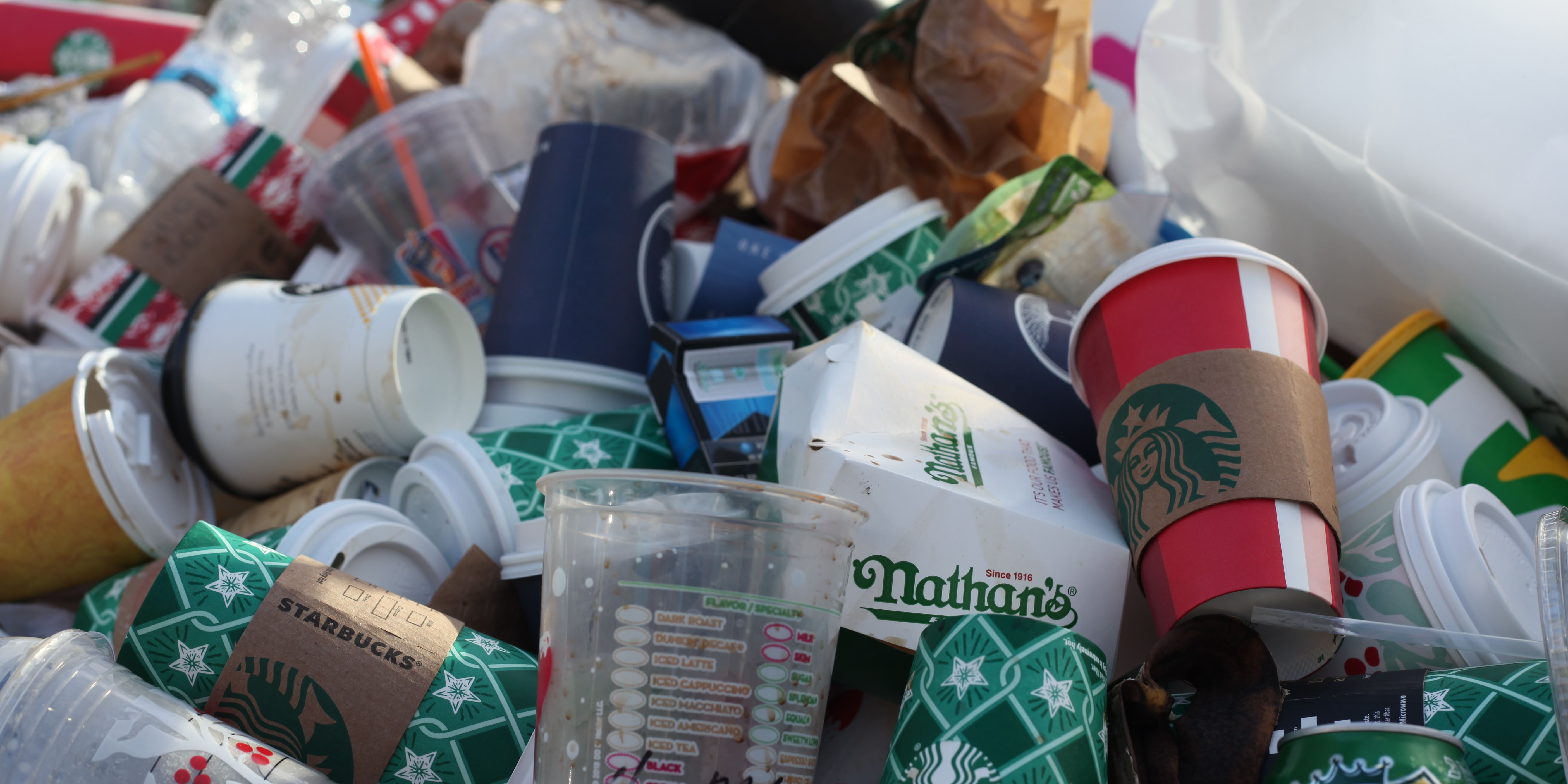Whether you run a business or restaurant, or manage the facilities and janitor team in a school, university or hospital the thought of assessing the sustainability of your cleaning and waste disposal can seem like an overwhelming task and one which is best left further down the to-do list.
However, by breaking your cleaning and waste disposal processes down into manageable steps, you can quite quickly overhaul your commercial cleaning processes and reduce the waste produced and sustainably clean your facility.
How do you consume?
Take a look around your place of business at the things you consume, and you will soon see where you reduce waste:-
- Do you provide single-use plastic water bottles? Could you consider installing a filtered water tap instead?
- Are your bathroom consumables individually wrapped? Can your toilet tissue be delivered without plastic shrinkwrap
- Can you replace plastic coffee stirrers for bamboo or even pasta stems?
- Are there supplies you can buy in bulk to reduce packaging
- Are paper towels strewn over bathroom floors?
- Do your commercial cleaners use throw away disposable wipes or waterlog floors with overpowering chemicals and air fresheners?
What do you consume?
Once you've looked at how you consume, it's wise to take a look at what you consume, particularly when it comes to your cleaners, janitors and the cleaning products they use:-
- Are you continually ordering runny, messy pink liquid soap? Try switching to foam for less waste and biodegradable packaging
- Can you remove paper towels from your waste stream and switch to hand dryers instead?
- Are the cleaning chemicals used toxic and abrasive? Ask your cleaner to switch to a green, non-toxic range of products. They are not only kinder to the planet, but safer and healthier for your staff to use.
- Can you swap cheap disposable cleaning wipes for reusable and washable microfibre cloths?
- Observe your cleaners, are they leaving taps running and water logging areas unnecessarily? Can they be more 'Waterwise?'
How much waste do you create?
No one likes to look in their trash bags, but it is an eye-opening exercise. Why? Well, you get to see immediately what should be hitting the recycling bin and avoid heading to our already overflowing landfills. Trial a recycling station on one floor, or section of your building and see how quickly habits can change for the better and recycling can be second nature. Promote what you're trying to do in your workplace and also remember to share the results. If you can divert the weight of a polar bear in single-use plastic from the landfill, it makes people feel part of the positive movement and makes people feel good!
What about natural waste? If your gutters and drains are full of leaves, waste and debris, your plumbing will not be operating efficiently and water may be wasted needlessly.
Outside of general waste, take a look around you and see what can be sold, donated or upcycled. Call in a removalist to pick up out of date furniture, or bulky stock items that you have no further need for. If you don't need it, get rid of it, but do so ethically and sustainably. Post in local ads pages or social media and see if you can pay it forward to a charity or community initiative.
Become Part of a Green Movement
If you work in a factory or large industrial plant, you may not be able to implement all the green cleaning and waste reduction you wish to. That's ok! As long as you are trying to reduce waste where you can and use green, eco-friendly approved cleaning products you are striving towards sustainable cleaning. What you can also do is partner up with a green, sustainable agency such as Greenfleet. If you have a fleet of cars out on the road, you can plant a tree for every milestone of KM's you hit as a group, or when you pass a specified target of CO2 emissions.
By breaking down your cleaning and waste processes into manageable sections, you can create a green and sustainable way to clean your business, using products kind to both the environment and the people who use your building you can create a harmonious work environment and a clear and sustainable green target plan.



Enjoy this blog? Leave a comment or ask a question!